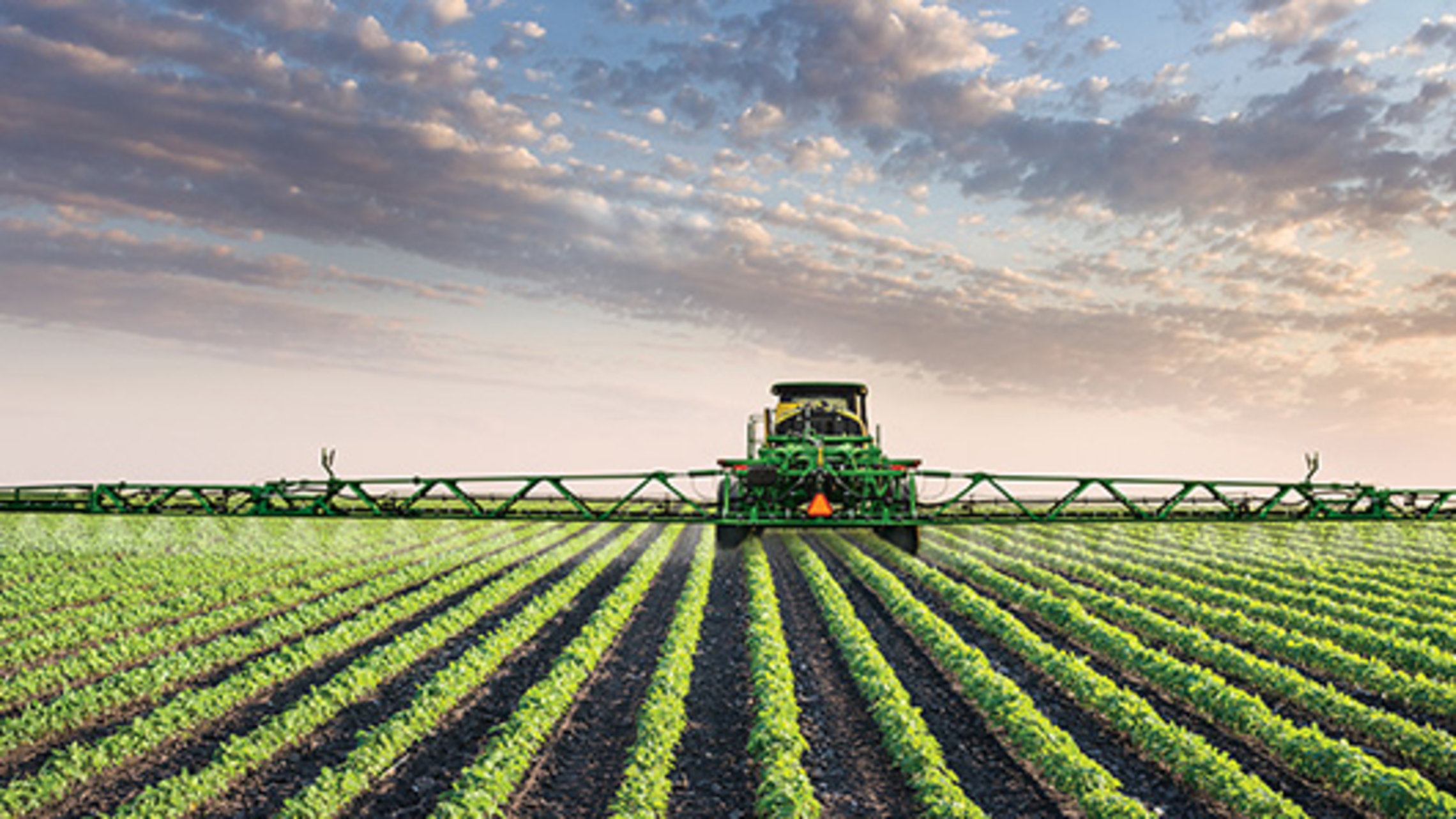Seven steps for dicamba spraying success

Before pulling the sprayer into the field, put these best practices into action
As growers and applicators begin rolling their sprayers out of the machinery shed, there are a few things they should keep in mind this growing season to ensure a successful dicamba application:
1) Know your state’s specific regulations
All applicators are required to be trained before applying Engenia® herbicide and some states have additional training restrictions and requirements. Be sure to check with your state’s pesticide regulatory agency for additional training and application requirements or restrictions—including application cut off dates. In addition, only certified applicators may purchase and use any of the approved dicamba formulations.
2) Select the correct nozzle size
One of the most important and first decisions made by an applicator is selecting the correct nozzle size. Applicators can only use approved nozzles which produce large, ultra-coarse droplets when making applications of Engenia herbicide. This approach helps minimize drift by reducing the amount of driftable fines, which are small droplets that are more prone to move off-target. A list of approved nozzle options can be found at EngeniaTankMix.com.
3) Check the wind speed
Wind speed is another important factor to consider to ensure a successful application. Apply Engenia herbicide when wind speeds are between three to 10 miles per hour and when the wind is blowing away from neighboring sensitive crops. Do not spray if wind is blowing toward neighboring sensitive crops (like non-dicamba-tolerant soybeans).
4) Avoid temperature inversions
Spraying during an inversion can result in the off-target movement of small droplets as physical drift which never reach their intended target. Temperature inversions occur when temperatures increase with altitude. Their presence is often indicated by ground fog, smoke not rising, dust hanging over a road, or presence of dew or frost. In order to avoid inversions, confirm that field level inversions do not exist before application. Additionally, applications can only be made during the day from one hour after sunrise until two hours before sunset.
5) Clean your spray system
Comprehensive cleaning of sprayers and filling systems is a crucial element to successful use of a Engenia herbicide. Before and after use, thoroughly clean the sprayer and spray system (including fill lines, nurse trucks, pumps, etc.) by performing a triple rinse procedure using a detergent based commercial tank cleaner during the second rinse. Consider using a dedicated handling system for Engenia herbicide to prevent contamination.
6) Keep detailed records
As part of the Restricted Use Pesticide requirements, keep detailed records of your applications. Be sure to create records within 72 hours of your application and include parameters such as tank cleanout procedures, planting date and buffer zone determination. Recordkeeping forms can be found at EngeniaStewardship.com.
7) Follow the label
Label requirements are the same for all of the approved dicamba formulations. Follow the specific requirements needed for a reliable and on-target application. For additional application questions and information, talk with your local BASF representative. You can also visit EngeniaStewardship.com to for several resources to boost your knowledge on Engenia herbicide, including this application checklist to keep with you for reference in the field.
Engenia Herbicide is a U.S. EPA Restricted Use Pesticide. Additional state restrictions may apply. Always read and follow label directions. Engenia is a registered trademark of BASF. © 2019 BASF Corporation. All rights reserved.
About BASF’s Agricultural Solutions division
With a rapidly growing population, the world is increasingly dependent on our ability to develop and maintain sustainable agriculture and healthy environments. Working with farmers, agricultural professionals, pest management experts and others, it is our role to help make this possible. That’s why we invest in a strong R&D pipeline and broad portfolio, including seeds and traits, chemical and biological crop protection, soil management, plant health, pest control and digital farming. With expert teams in the lab, field, office and in production, we connect innovative thinking and down-to-earth action to create real world ideas that work – for farmers, society and the planet. In 2018, our division generated sales of €6.2 billion. For more information, please visit www.agriculture.basf.com or any of our social media channels.
About BASF
BASF Corporation, headquartered in Florham Park, New Jersey, is the North American affiliate of BASF SE, Ludwigshafen, Germany. BASF has more than 20,000 employees in North America and had sales of $19.7 billion in 2018. For more information about BASF’s North American operations, visit www.basf.com.
At BASF, we create chemistry for a sustainable future. We combine economic success with environmental protection and social responsibility. The approximately 122,000 employees in the BASF Group work on contributing to the success of our customers in nearly all sectors and almost every country in the world. Our portfolio is organized into six segments: Chemicals, Materials, Industrial Solutions, Surface Technologies, Nutrition & Care and Agricultural Solutions. BASF generated sales of around €63 billion in 2018. BASF shares are traded on the stock exchange in Frankfurt (BAS) and as American Depositary Receipts (BASFY) in the U.S. Further information at www.basf.com.
